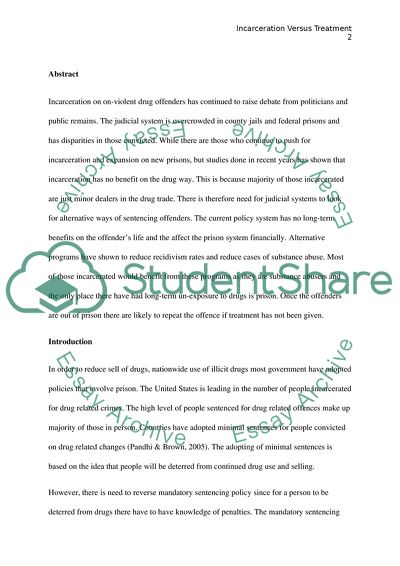Cite this document
(Incarceration Versus Treatment Research Paper Example | Topics and Well Written Essays - 3000 words, n.d.)
Incarceration Versus Treatment Research Paper Example | Topics and Well Written Essays - 3000 words. Retrieved from https://studentshare.org/sociology/1818050-should-we-continue-to-incarcerate-non-violent-drug-offenders
Incarceration Versus Treatment Research Paper Example | Topics and Well Written Essays - 3000 words. Retrieved from https://studentshare.org/sociology/1818050-should-we-continue-to-incarcerate-non-violent-drug-offenders
(Incarceration Versus Treatment Research Paper Example | Topics and Well Written Essays - 3000 Words)
Incarceration Versus Treatment Research Paper Example | Topics and Well Written Essays - 3000 Words. https://studentshare.org/sociology/1818050-should-we-continue-to-incarcerate-non-violent-drug-offenders.
Incarceration Versus Treatment Research Paper Example | Topics and Well Written Essays - 3000 Words. https://studentshare.org/sociology/1818050-should-we-continue-to-incarcerate-non-violent-drug-offenders.
“Incarceration Versus Treatment Research Paper Example | Topics and Well Written Essays - 3000 Words”, n.d. https://studentshare.org/sociology/1818050-should-we-continue-to-incarcerate-non-violent-drug-offenders.


